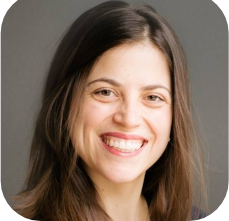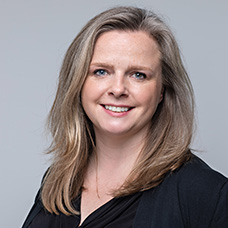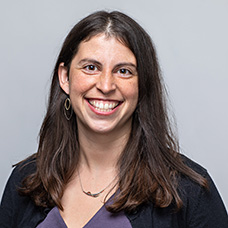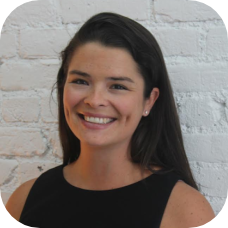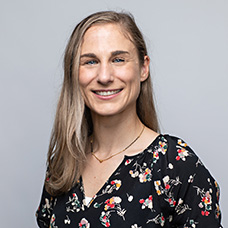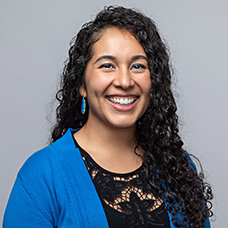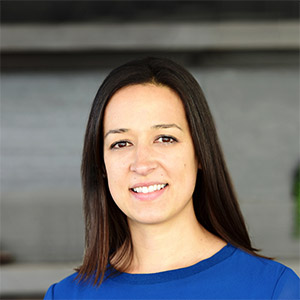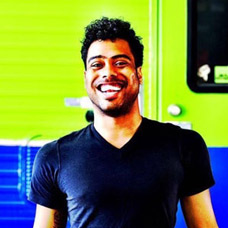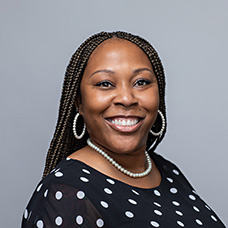I enjoyed reading this thought piece by Andy Smarick because it so succinctly captures the dilemma that is at the heart of Empower’s focus on the Third Way. Smarick states it this way:
“And therein lies our fundamental challenge. Today’s decentralized systems of choice empower families and enable a wide array of options, but they inhibit the community’s ability to shape the contours of the local school system. Yesterday’s district-based system was democratically controlled, but the centralization of authority in a single government body prevented dynamism and choice and produced a half-century of heartbreaking results.”
Put another way, we find ourselves in another black or white, all or nothing dilemma. These are common in education- you can be either for or against teachers unions. You can be pro charter or anti charter. Local control or privatization. The conversation has been dominated by these options and it can make it feel like there is no middle ground. There is no “pro union with more dynamic contracts” option. There is no “local control with some outside assistance” option. Until now.
Smarick calls it “the middle path” and we at Empower call it the “Third Way”. Whatever you call it, we are seeing more and more examples of it throughout the country.
- In Springfield, MA, the district, the state, the teachers union, and Empower Schools worked together to create the ground breaking Springfield Empowerment Zone Partnership. The SEZP is a group of under-performing middle schools that have been given real autonomy and accountability due to a novel governance arrangement but that remain fully district schools. The SEZP is governed by a 7-member board that includes both locally elected and appointed leaders as well as state appointees.
- In Indiana, the success of the partnership between Indianapolis Public Schools and The Mind Trust that created the Innovation School Network has recently been expanded state-wide. Innovation Network schools are a part of the local district, use district buildings, and accept students not by lottery but by assignment but are freed from the majority of rules governing use of funds, class size, and length of school day and year among other important autonomies.
- Denver recently approved their first Innovation Zone– a group of existing Innovation Schools that, faced with the need for more autonomy, chose to remain within the district to help pioneer more avenues for autonomy rather than opting to become charter schools, which play by fundamentally different rules.
These are only three examples of the growing portfolio, nationally, of Third Way approaches to education improvement and innovation, but we are confident that more will emerge the more we talk about them. We know that Third Way approaches are not new- that the best educators have known for a long time that it isn’t about constructivism vs direct instruction, but that the truth and the solution lies somewhere in between, and is probably different for each school and each student.






